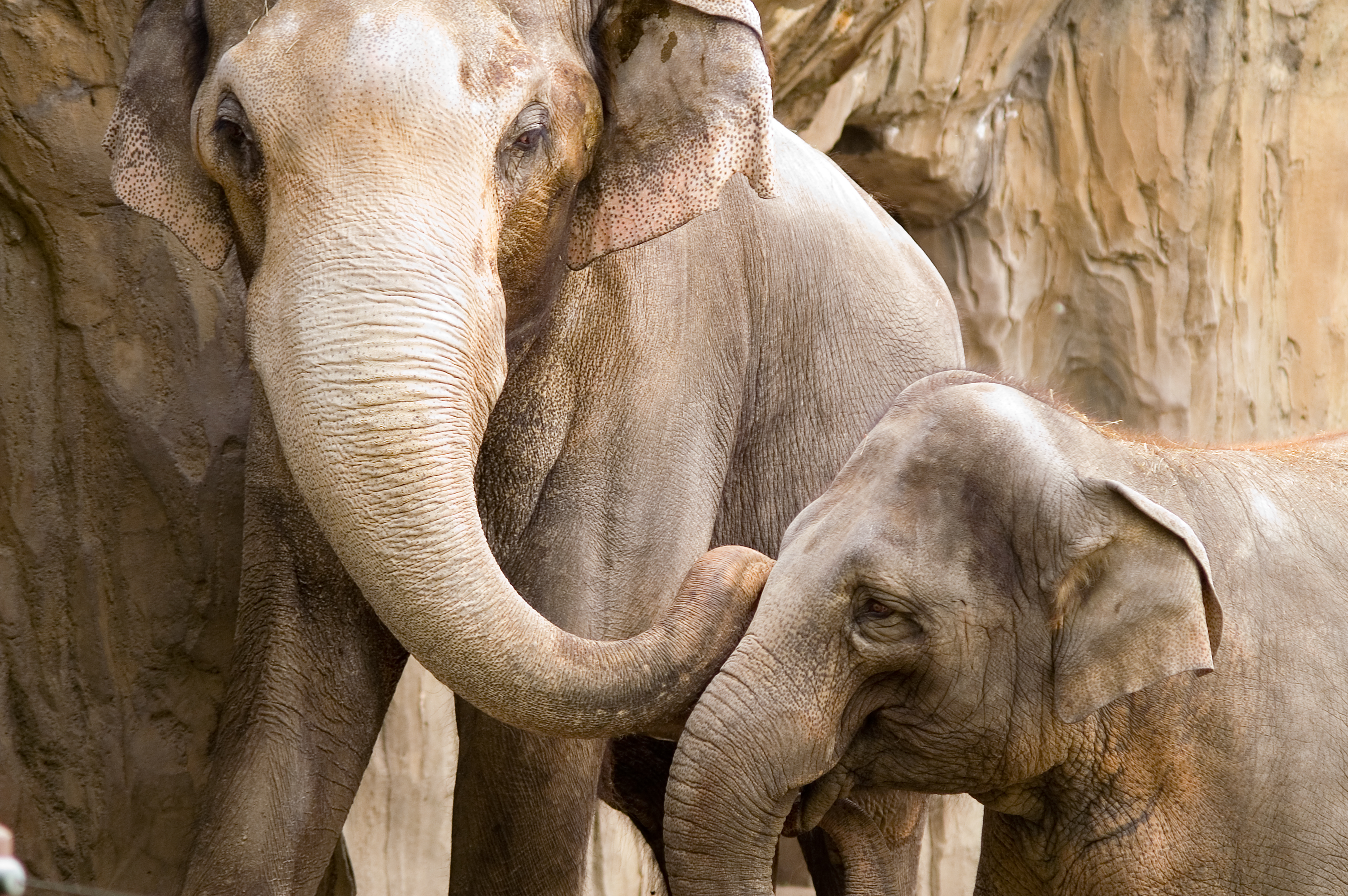This is my added edit to the Seychelles Warbler wikipedia page. I added the section for Cooperative Breeding that can be found here: https://en.wikipedia.org/wiki/Seychelles_Warbler#Cooperative_Breeding_Habits
Cooperative Breeding
Seychelles Warblers demonstrate cooperative breeding, a reproductive system in which adult male and female helpers assist the parents in providing care and feeding the young. The helpers may also aid in territory defense, predator mobbing, nest building, and incubation (females only).[1] Breeding pairs with helpers have increased reproductive success and produced more offspring that survived per year than breeding pairs with the helpers removed.[2] Helpers only feed the young of their parents or close relatives and do not feed unrelated young. This is evidence for the kin-selected adaptation of providing food for the young. The indirect fitness benefits gained by helping close kin are greater than the direct fitness benefits gained as a breeder. This could be evidence for the kin-selected adaptation of providing food for the young.
On high-quality territories where there is more insect prey available, young birds were more likely to stay as helpers rather than moving to low-quality territories as breeders.[3] On low quality territories, having a helper is unfavorable because of increased resource competition. Females are more likely to become helpers[4], which may explain the adaptive sex ratio bias seen in the Seychelles warblers. On high quality territories, females produce 90% daughters; on low quality territories, they produce 80% sons. Clutch sex ratio is skewed towards daughters overall.[5] When females are moved to higher quality territories, they produce two eggs in a clutch instead of a single egg, with both eggs skewed towards the production of females. This change suggests that Seychelles Warblers may have pre-ovulation control of offspring sex ratio, although the exact mechanism is unknown. (more…)


